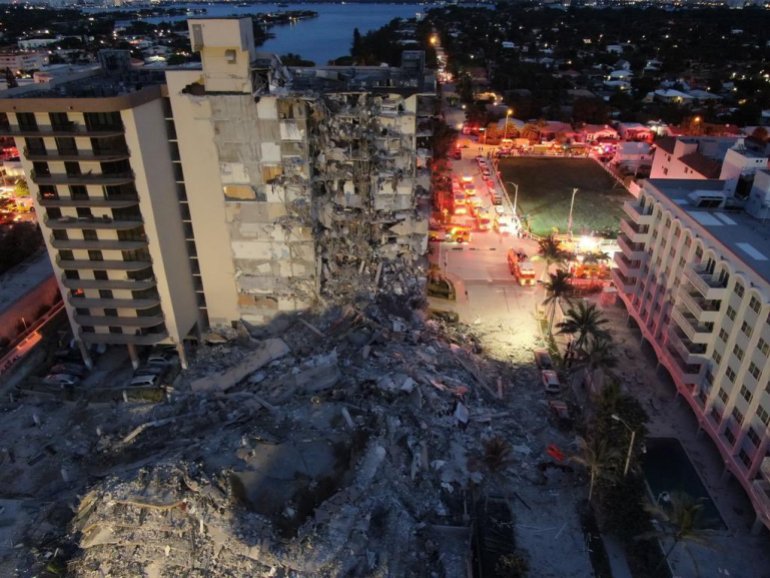Concrete is the most widely used building material in the world due to its durability, ability to withstand various weather conditions, and low cost.
But a recent study published in the Journal of the American Society for Microbiology "ASM" (ASM) indicated that concrete harbors some types of bacteria that have an exceptional ability to withstand this harsh environment that is not suitable for living organisms.
Concrete Cancer
The study indicated that these types of bacteria that have adapted to this highly saline and nutrient-poor alkaline environment, so that they are able not only to live in it, but also to reproduce, may contribute either to the erosion of concrete or to the restoration of concrete structures.
Concrete consists of a combination of materials, each with its own microbial assemblies, and the study concluded that the microbial assemblies on concrete reveal the nature of its components and the changes that occurred to them due to weather factors.
Bacterial communities may contribute to early detection of concrete cancer (Wikipedia)
The importance of these results, according to the study, is that microbial assemblies on concrete may reveal the first signs of the alkali aggregate reaction, or what scientists call "concrete cancer", which has become a global problem.
Alkali hydroxides in cement interact with silica in aggregate, which constitutes the largest proportion of the mass of concrete, and the reaction results in a gelatinous substance of silica that expands by absorbing moisture, which leads to the occurrence of cracks and cracks that shorten the life of the affected structures.
Buildings and bridges have long collapsed due to the erosion and deterioration of concrete structures. Last June, an apartment building in Miami, Florida, partially collapsed, and the death toll on July 22 reached 98 people.
Investigations indicated that the main reason behind the collapse was the deterioration of the concrete beams and columns of the car parks under the residential units due to the penetration of water and the corrosion of rebar.
The building of the American city of Miami, which collapsed last June (Wikipedia)
The researchers hope that understanding the composition of microbial communities in concrete, and the changes that occur in it due to weather factors, will help us take advantage of mineral deposits produced by bacteria in the restoration of concrete structures and reveal the first signs of the alkaline reaction of the aggregate that leads to concrete corrosion.
"Although concrete is the most widely used building material in the world, we know nothing about the organisms," Julie Mariska, a microbiologist at the University of Delaware, said in the university's press release published on August 3. the living thing that it harbors.
The source of bacteria and the future of studies
The study took two years, during which the researchers monitored changes in the microbial assemblies in the open air using two sets of concrete cylinders, and concluded that between 50% and 60% of the bacteria in these assemblies were likely from the raw materials used in the manufacture of concrete, especially gravel;
3 types of bacteria are most present in microbial communities within concrete (Getty Images)
They noticed that the most common types of bacteria in these microbial communities on concrete were proteobacteria, firmicutes and actinobacteria.
The team observed that bacterial diversity in the microbial assemblage decreased over time, although it temporarily increased in the warmer summer months, possibly due to the availability of environmental sediments.
"These bacteria may feed on the dead bodies of other microbes," Marisca says in the aforementioned press release. "When they can't find food, some of them may form spores (to help them withstand unfavorable conditions) or form a dormant type of cell that remains dormant until rain falls and then eats as much as possible," Marisca says in the aforementioned press release. possible food and return back to hibernation.
Researchers pin hopes of harnessing this bacterium to restore cracked buildings (University of Delaware)
"Microbes, as far as we know, do not damage concrete, and do not feed on foundations. We hope to use them to obtain information and perhaps help us repair cracked buildings," says Mariska.
A Science Alert report on the study pointed out that some bacteria have the ability to produce calcium carbonate, which is used to fill cracks and treat holes and cracks in concrete, and researchers are hoping to harness these microorganisms in the restoration of buildings and infrastructure in the future.

